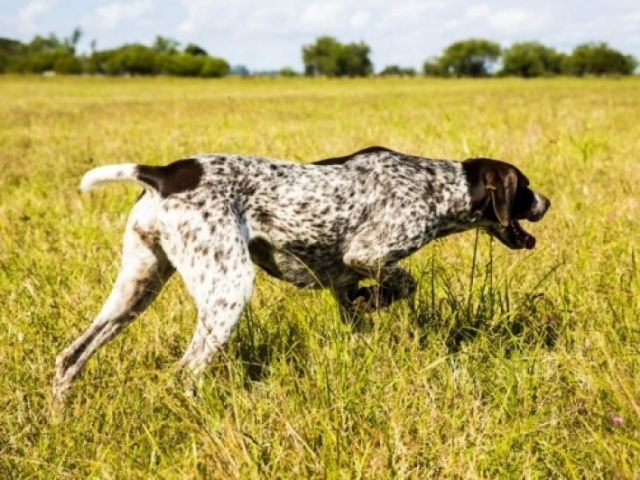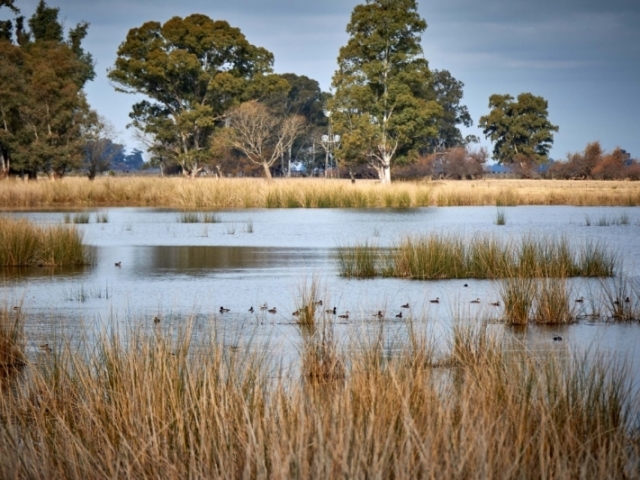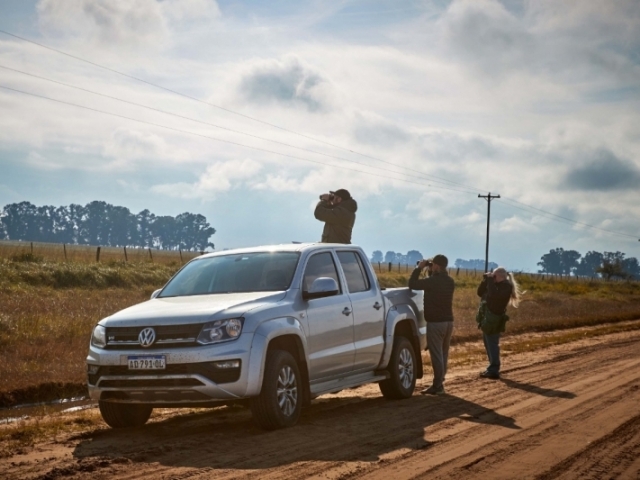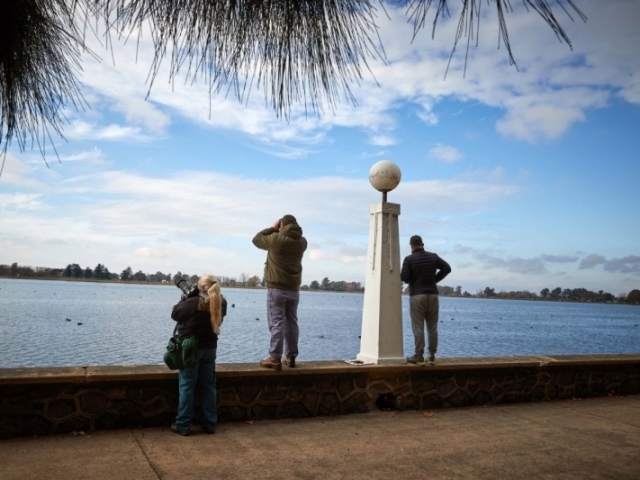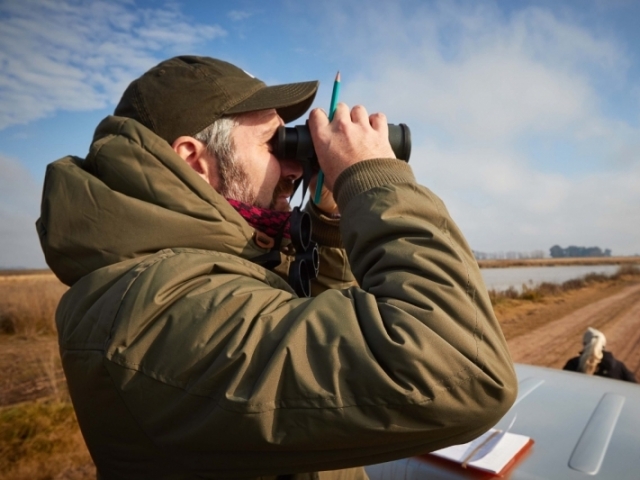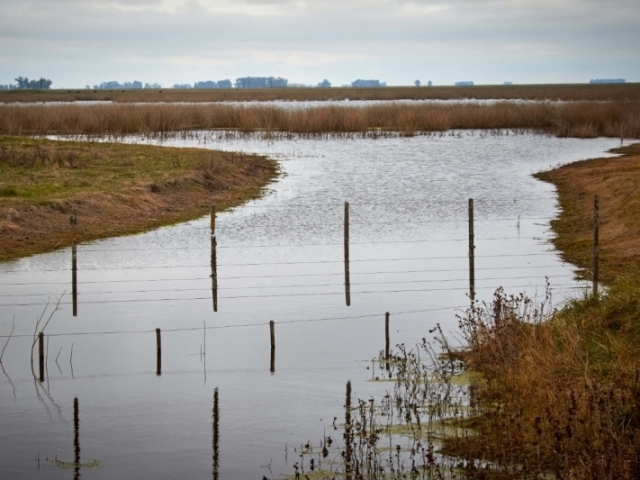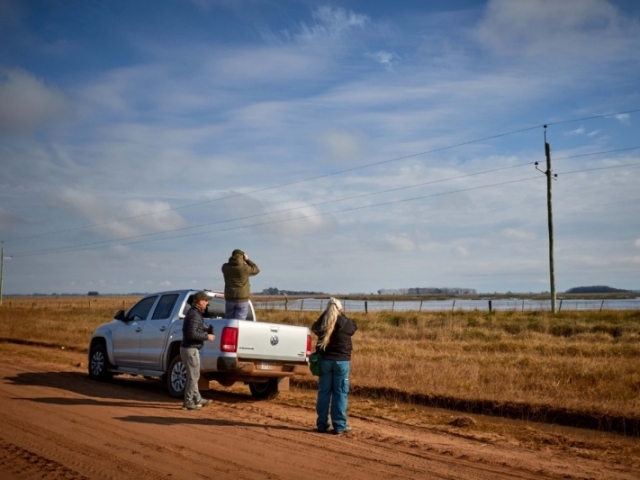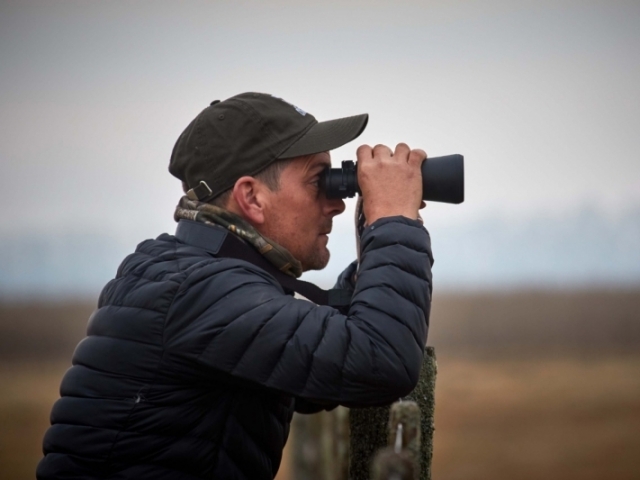Luckily, on Monday 21st, June we managed to initiate such project by visiting the area with a three-man team led by Juan Pablo Seco Pon. As done in the past, we used a 4x4 vehicle to reach water bodies in order to seek for ducks. This time of the year, austral autumn, low temperatures is expected in the area, and we encountered such throughout the outing. A total of 22 lagoons was visited that day; all of them holding at least one or two species of duck of interest. These included chiefly the Speckled Teal, the Yellow-billed Pintail and the Rossy-billed Pochard. Table 1 shows their abundances.
This time a local birder, Adriana, joined the team to prospect the area in regards to its ornithological relevance. Many other bird species were spotted that day apart from the ducks latter referred. These included several species of aquatic birds (Great Egret, Snowy Egret, Southern Screamer, South American Stilt, Black-necked Swan, White-necked Heron, Maguari Stork, Coscoroba Swan), a number of raptors (Chimango Caracara, Southern Crested Caracara, Roaside Hawk, American Kestrel), several species of “land-birds” (Rufous Hornero, Picazuro Pigeon, Eared Dove, Monk Parakeet, Guira Cuckoo, Southern Lapwing, White-banded Mockingbird, Field Flicker, Brown-and-yellow Marshbird, Fork-tailed Flycatcher, European Greenfinch, Shiny Cowbird, Great Kiskadee, Great Pampa Finch, Long-tailed Meadowlark, Bay-winged Cowbird), three species of coots (Red-legged, White-winged and Red-Fronted coots), three species of grebes (Great, Silvery and Pied-billed grebes), some species of swallows (White-rumped, Blue-and-white and Barn swallows), and the Brown- and Grey-hooded Gull.
The nature of the site as a flooded Pampean pasture has made agriculture focused on monoculture production is limited to small sectors. This results in large tracts of natural grassland on which typical grassland birds depend. It has extensions of disused railway lines, widely used by all kinds of wildlife.

